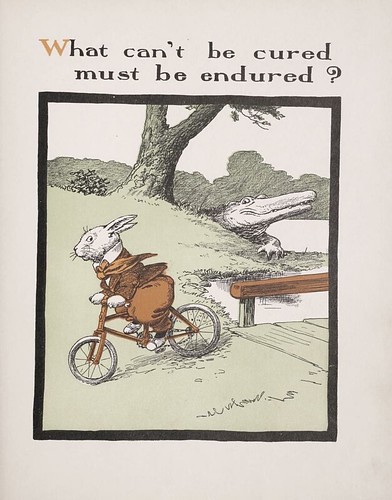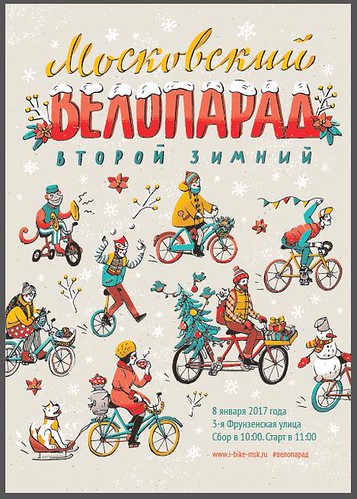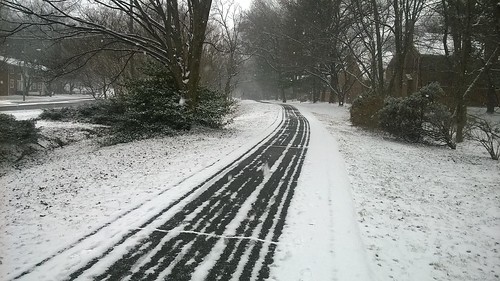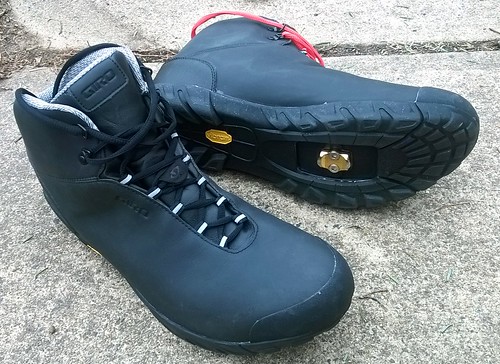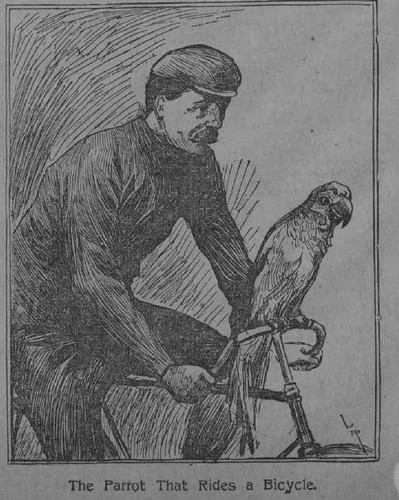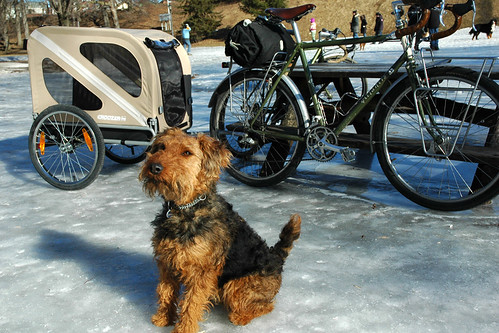 Ultralight Bike Touring and Bikepacking: The Ultimate Guide to Lightweight Cycling Adventures by Justin Lichter
Ultralight Bike Touring and Bikepacking: The Ultimate Guide to Lightweight Cycling Adventures by Justin LichterMy rating: 4 of 5 stars
This was something I picked up at the public library. I suppose since this isn't the kind of guide you take with you, it is an OK book for a library to have, but I should probably buy myself a copy for reference if I am serious about some overnight rides of any sort. Not sure I am.
The concept here is that most bicycle touring is done in with a "heavy" approach, often with special racks for the front and back that have so-called pannier bags attached. The "ulralight" bikepacker instead uses a combination (usually) of handlebar bag, a slightly elongated bag that attaches behind the saddle, and a "frame bag" that fits into the triangle of space under the top bar - between the rider's legs, basically.
I am sympathetic to this approach mostly because of how my approach to commuting evolved - I used to have these ginormous pannier bags for a back rack on the bikes I used to commute. They were silly large, and from time to time I would more or less find enough crap to haul to/from work to fill them. A lot of weight, and eventually I began to feel they were ruining (or at least not helping) my enjoyment of my rides. I started using a messenger bag and found that if I forced myself to live within the smaller amount of space and made better decisions on what to take with me, it was enough.
This book is advocating much the same approach for longer bike trips of various kinds. The two co-authors (Justin Lichter and Justin Kline) have a light style and there is some amusing stuff about travels in Central Asia - well, amusing for me because I am somewhat interested in that region. Note all of their chapters are relevant for me - for example, "bikepacking for speed and endurance" - eh, not so much my interest.
Anyway, they mention somewhere that packing light and staying away from the heavy bags on the front and back on racks can mean better maneuverability, which seems attractive to me, but also that it can be a better approach for older riders. Amen!
Even though I wasn't equally interested in all parts of this book, it's only about 150 pages so I just read it from start to finish. A nice read.
View all my cycling reviews on Goodreads.
